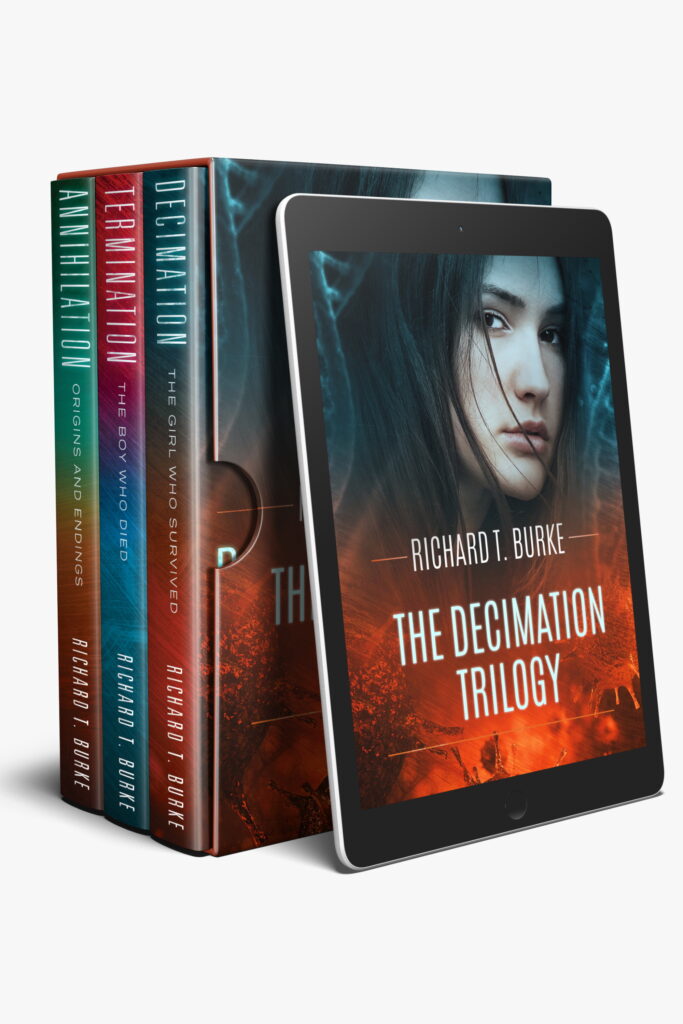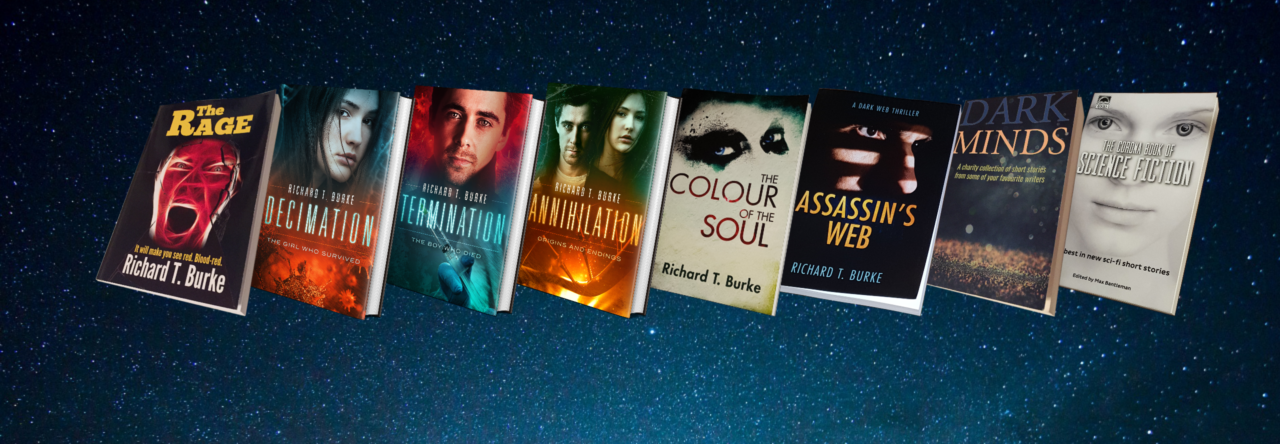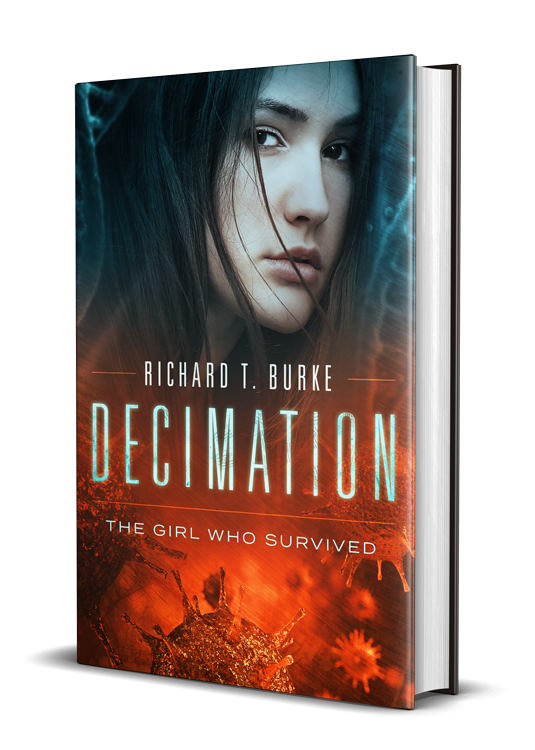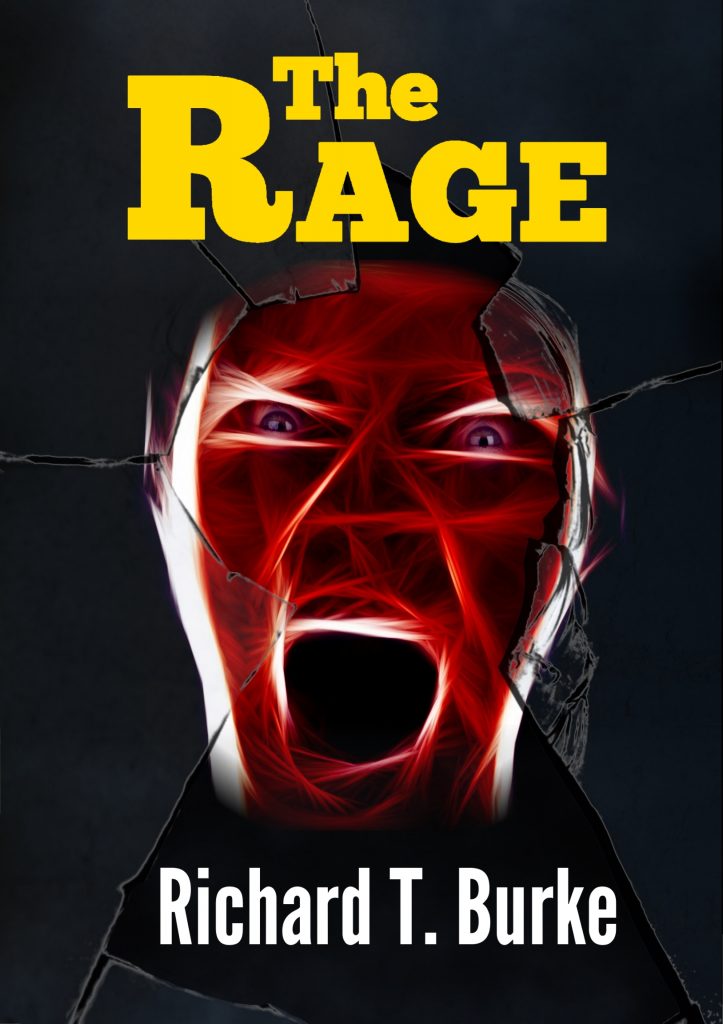For those of you who don’t know, CreateSpace is an Amazon owned company that you can use to publish your book. It is what is known as a Print on Demand publisher. The idea is that you upload the text of your book, design the cover and then you can publish on Amazon’s main website or buy copies direct.
So I wanted a few copies of the first revision of my book to send out for review. I used a template that had been created for CreateSpace; being an American company the default size is 6″ by 9″. I faithfully copied the book contents from the Word document I had been using to write it, into the template.
Right, I’m ready to upload my book. The site allows me to select the file from my PC, and a few seconds later it is telling me that it is checking the format. It recommends that whilst I am waiting, I design the cover, so I do. The tools for this are actually pretty good and a few minutes later I have a first draft of the cover.
And that’s when the problems start. The website states that there are two issues with the format. The main issue is that I have to embed the fonts in the document. Google is my friend so I do a bit of research and a few minutes later I upload the new file (which is now ten times bigger so I know it’s got the fonts in it).
The website ponders my new format for a few minutes then states that there are still two issues (the other is to do with the resolution of the map images at the front of the book – easily sorted). Strange … I open the problem page again. It still says I haven’t embedded the fonts. Argh! I know I have because the file’s ten times bigger.
Okay, let’s try converting to PDF. I save the document as a PDF and upload again. CreateSpace ponders for a few minutes then delivers its verdict – 3 errors! What? The fault screen now says I still have the resolution issue, I still have the font issue and now I have another issue to do with the text going into the wrong area of the page (the bleed area to be technical). When I click the fault to see which pages the new problem lies on, it’s all of them.
Well I didn’t give up there – I tried several different options and formats, all to no avail.
I hear that Lulu is really good!






